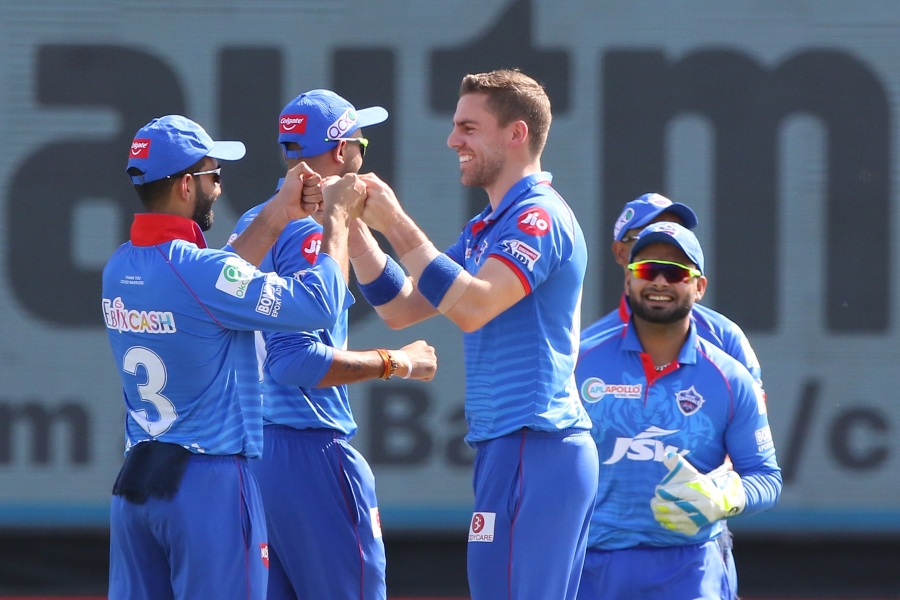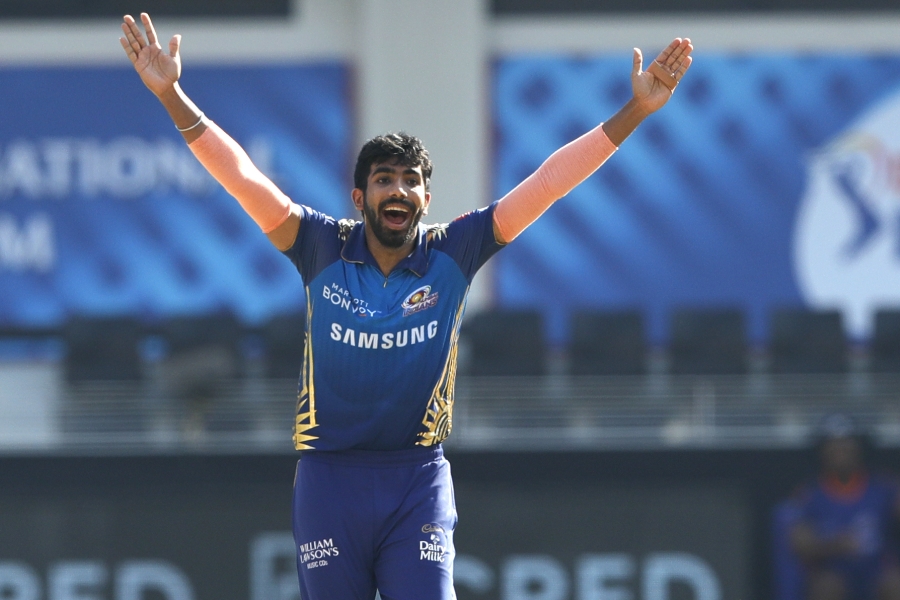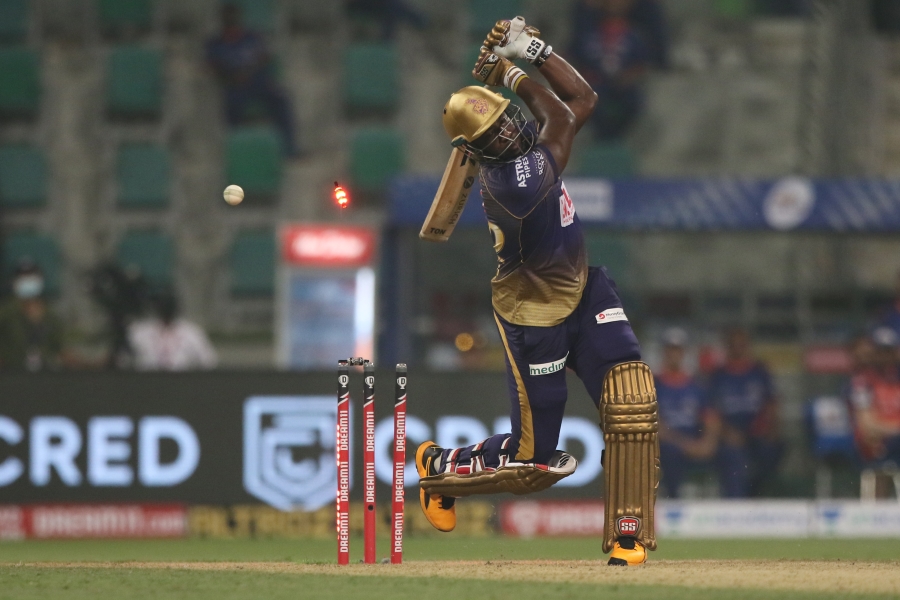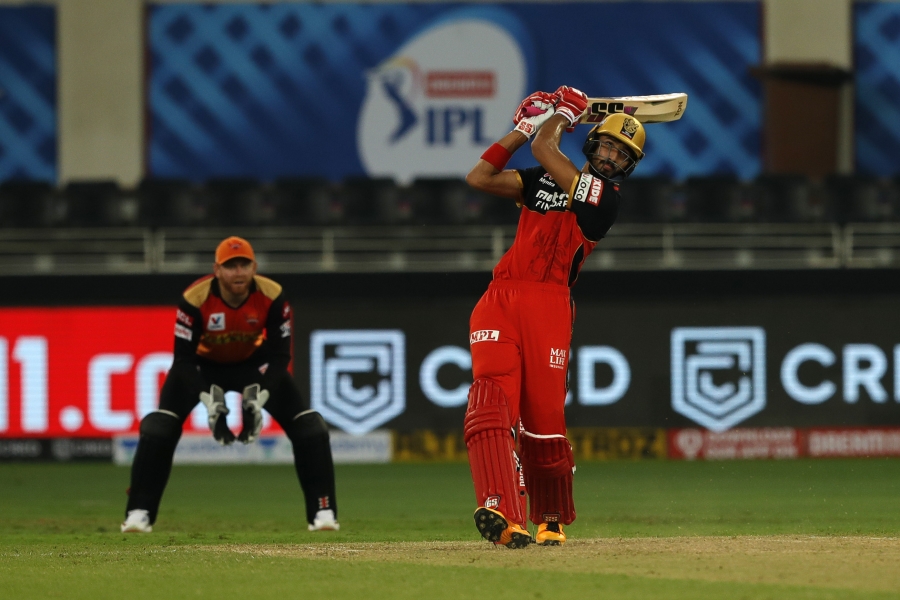News
India’s young guns coming to the fore and other takeaways from IPL 2020
 OPINION
OPINIONMumbai’s collective effort was way too bigger than any other team in the tournament, and this came through clearly
When the outcome of the IPL final on Tuesday night had become more or less evident, former England captain Michael Vaughan tweeted, `I reckon the @mipaltan would win the T20 World Cup…’’.
Vaughan was being a tad facetious, but his tweet nonetheless highlighted just how strong and splendid Mumbai Indians had been throughout the tournament.
Losing their first match to Chennai Super Kings, the defending champions moved swiftly into top gear, and fairly coasted into the final, with barely a hiccup here and there.
Mumbai’s worst defeat came against Sunrisers Hyderabad, in the last league match. On a massive surge which would take them into the playoffs, David Warner’s team overwhelmed MI by 10 wickets.
Worries that MI may have hit a roadblock, however, were dissipated in the next match when Delhi Capitals were summarily dismissed in the first qualifier by 57 runs. The two teams met again in the final, and the result was no less emphatic: this time Mumbai won by 5 wickets.
In fact, Mumbai beat Delhi – the second-best team by common consensus – all four times they met in the tournament, which reflects the talent and ambition that drives the champion franchise.
It would be unfair to deny DC kudos for reaching the final for the first time. The franchise has been through player upheavals a few times in the past, but in the past couple of seasons appeared to have settled down.
The team was brimming with exceptional talent, overseas and desi (local), and showed the vigour of youth for the better part of the league stage before inexplicably losing momentum.
By the time the league stage came to a close, DC were suffering from a crisis of confidence. Batsmen and bowlers who looked match-winners, suddenly put in sub-optimal performances.
Having huffed and puffed their way into the playoffs, DC had one special moment beating overanxious Sunrisers in the second qualifier, but it seemed almost inevitable that they would be walloped by Mumbai, who had acquired a massive psychological stranglehold, in the final.
Of the five matches Mumbai lost this season, two came in Super Over finishes, the one against Punjab Kings XI in fact going to two Super Overs. Losing these matches by a whisker dented Mumbai’s win percentage a whit but did not diminish their overall superiority in the tournament.
Neither the Orange not Purple caps came to a Mumbai player. But three of the top 10 run-getters in the tournament were from Mumbai (Ishan Kishan, Surya Kumar Yadav, Quinton de Kock). In batting strikes-rates are concerned, Kieron Pollard and Hardik Pandya were at no. 1 and no. 3 respectively.
Among bowlers, Bumrah (27) and Boult (22) finished second and third in the wicket-takers list behind Rabada (30) and also barring Joffra Archer, had the best economy rates among fast bowlers and impressive strike-rates too.
Important as these individual stats are, it wasn’t the recipe for Mumbai’s success. Other teams too had outstanding performers – K L Rahul, Jofra Archer, Yuzvendra Chahal, Varun Chakravarthy – to name a few, but their teams lacked heft.
Mumbai’s collective effort was way too bigger than any other team in the tournament, and this came through clearly. Beyond those mentioned earlier, there were stellar performers in Quinton de Kock, Ishan Kishan, Rohit Sharma, the Pandya brothers, James Pattinson, Nathan Coulter-Nile, Rahul Chahar, Jayant Yadav and even Saurabh Tiwary.
For every match, on any pitch and whatever the crisis, Mumbai found some player – in fact, usually a handful – to take them home. There was no total dependency on 2-3 players, as in most other sides.
This is what made them a juggernaut in the tournament and provoked the tweet from Vaughan mentioned at the start. When you look back, there was no other team that matched them in talent, tactics and mental toughness.
Let me turn to some other takeaways for me from this tournament:
a) Batsmen win you games, bowlers win you tournaments: The four teams that made it to the playoffs all had some great batting talent, but even more terrific bowling attacks. In Mumbai’s case, not only was the bowling most potent and versatile, but the batting also consistent, which separated them from the flock.
b) Big ticket players are not a guarantee for success: Pat Cummins, Glen Maxwell, Aaron Finch, Ben Stokes, Jos Butler, Steven Smith, Andre Russell, Sunil Narine, Shane Watson, Dwayne Bravo were among those who commanded huge price in the auctions but failed to live up to their high billing. Some Indian players too like Jaydev Unadkat, Dinesh Karthik belonged in this category.
c) Overseas fast bowlers shone more than batsmen: Batsmen Chris Gayle, Nicholas Pooran, AB de Villiers, Eoin Morgan, Faf du Plessis were successful, but fast bowlers stole the thunder. Rabada, Boult, Nortje, Chris Morris, Sam Curran actually provided more value for money than batsmen, which is a paradigm shift in the IPL.
d) India’s young guns came to the fore: Several young Indian players, batsmen and bowlers, grabbed attention: Ishan Kishan, Shubman Gill, Devdutt Padikkal, Ruturaj Gaikwad, Rahul Chahar, Ravi Bishnoi, T Natarajan, Shivam Mavi, Varun Chakravarthy. This not only shows the richness of talent in India, but how the intense competition among Indian players is helping raise standards.
e) Captaincy Matters: When T20 started, it was believed that captaincy and tactics would have a marginal role to play. As the format has evolved, leadership has become critical. When Rohit got injured, Pollard filled in the breach quite superbly, bringing all his experience into play. Over the years, Rohit’s man-management and astute reading of match situations has contributed substantially to Mumbai’s successes. He’s aggressive, bold, conservative depending on the situation, but always proactive. In the final, Jayant Yadav was preferred to young leggie Chahar to test Delhi’s left-handers. Yadav’s dismissal of danger-man Shikhar Dhawan virtually sealed the fate of the match then itself.



